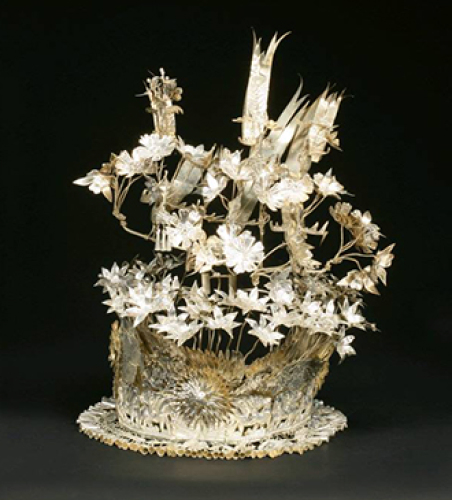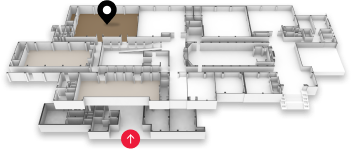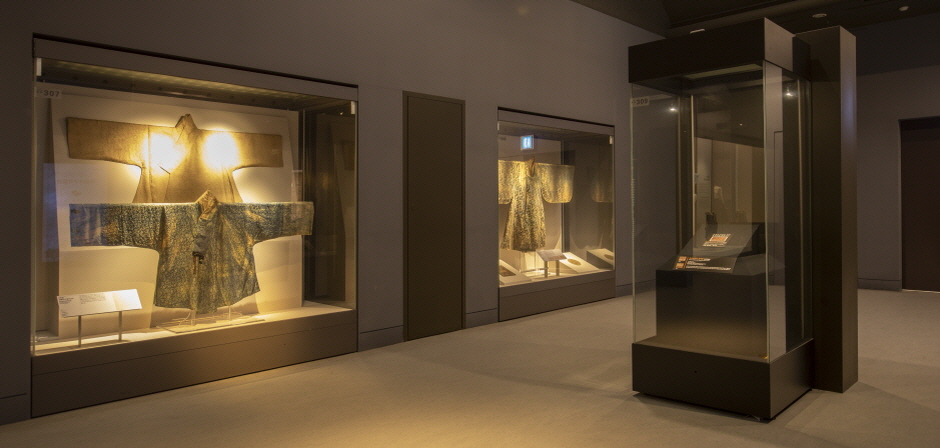This exhibition hall features a diverse array of artifacts and information relating to the history of clothing, one of life’s basic necessities. The displayed items range from ancient times to the present, and highlight the regional characteristics of Daegu, which evolved into a modern city thanks in large part to its thriving textile industry. Visitors are guided through four thematic stages in the production of clothing—threads, textiles, colors, and clothing—thus allowing them to appreciate the beauty of traditional Korean clothing and to examine various designs.
Daegu Became a Modern City
Duration
Dyeing techniques and clothing patterns differ from country to country, depending on the natural environment, the climate, and people’s characteristics. Ethnic minorities in China and Thailand developed unique skills of textile dyeing, including a technique whereby patterns are expressed by exploiting the difference in the speed at which dyeing materials are absorbed into a fabric by means of wax or fastened threads.
Featured Items
Fabric
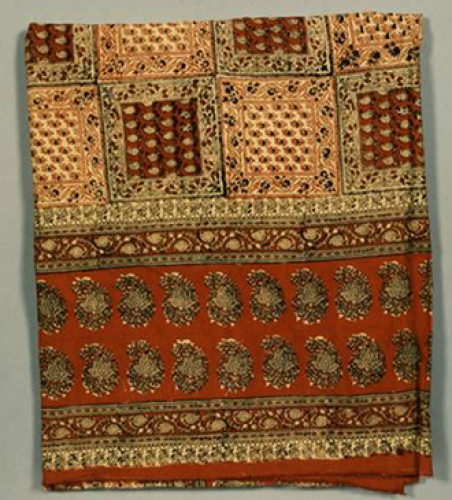
Ikat Shawl
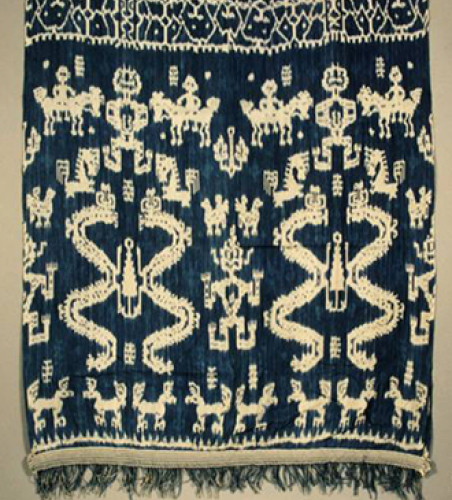
Sari, Wrapping Clothe for Women
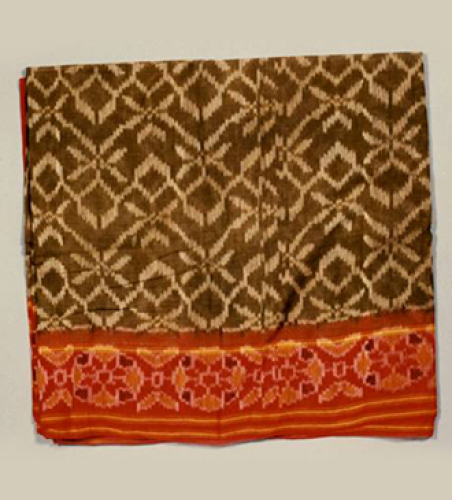
Duration
Each country has its own traditional or folk dress that has developed over a long period of time. However, with the spread of European culture throughout the world, western attire has been adopted as the world’s universal mode of dress. Asians wear their own traditional clothing only on special occasions.
Featured Items
Wedding Dress
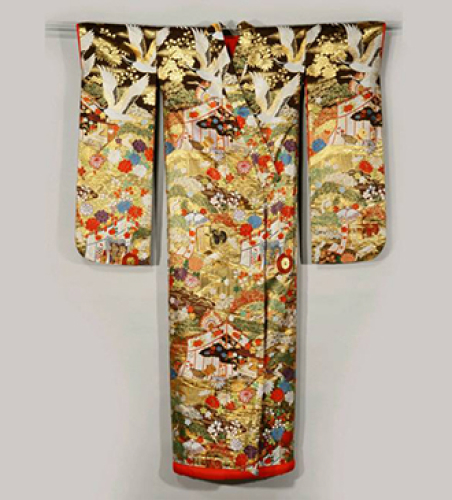
Miao Woman’s Ensemble
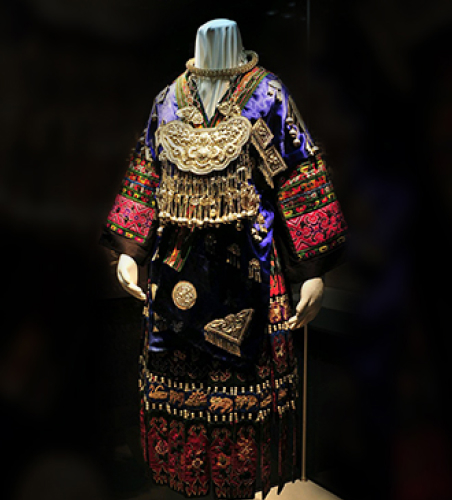
Ceremonial Coronet
